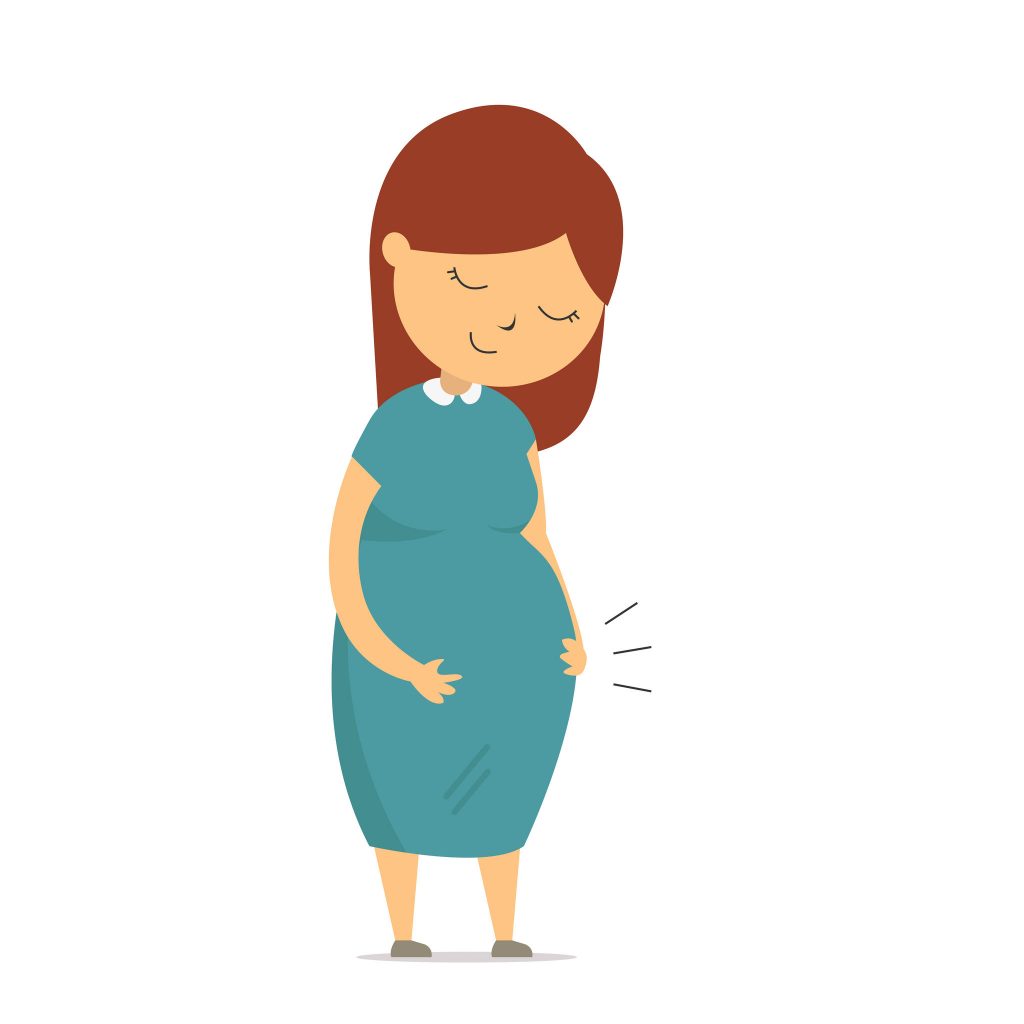The pandemic and its economic fallout have caused stress and confusion, but it is important o make sure there is no uncertainty about redundancy rights. Sadly, the number of companies having to make staff redundant has greatly increased since the beginning of the pandemic in March. A recent Labour Force Survey highlighted the extent of the pandemic’s effect on redundancies which ‘increased in June to August 2020 by 113,000 on the year, and a record 114,000 on the quarter, to 227,000.’ Although the circumstances are unprecedented, it is important for both employees and employers to remember that the legal process for fair dismissal and redundancy remains. This is especially significant for women on maternity leave who are protected to a greater extent than other employees who are selected for redundancy.
- According to the Equality Act, 2010 pregnancy and maternity is a protected characteristic alongside 8 other characteristics including age, disability, gender reassignment, marriage and civil partnership, race, religion or belief, sex and sexual orientation.
The Equality Act 2010 defines the ‘beginning of pregnancy to the end of maternity leave’ as the ‘protected period’. During this period, it is paramount that the employer ensures the employee is not discriminated against or placed at a disadvantage. If an employee is pregnant or on maternity leave, the redundancy process becomes more complicated. An employer must follow a fair process carefully in order not to incur further difficulties. They must ensure they take precaution that an employee who is pregnant or on maternity leave is not disadvantaged during the redundancy process.
What is a pregnant employee entitled to?
They are entitled to 52 weeks of Maternity Leave. This is separated into 26 weeks of Ordinary Maternity Leave (OML), and 26 weeks of Additional Maternity Leave (AML).
They are entitled to Statutory Maternity Pay:
- 6 weeks 90% of their wage
- 33 weeks at a fixed rate of £151.20, or 90% of their wage if that is a less
An employee who is pregnant or on maternity leave must be able to return to the same job she left, and it is an employer’s responsibility to facilitate this.
Can an employee who is pregnant or on maternity leave be made redundant?
Yes, it is possible for an employee to be made redundant while they are pregnant or on maternity leave. However, the reason for the redundancy must not be related to the pregnancy or maternity leave.
Factors that can be reasonably considered in the redundancy process include:
- disciplinary record,
- attendance,
- and individual performance.
Pregnancy-related performance, as sick days, or maternity leave should not be included in considerations. If it can be proven that a mother was disadvantaged because of her pregnancy during the redundancy process, it would be an automatic unfair dismissal. This is not only discriminatory against the employee affected, but it can result in costly claims against the employer.
What if an employee who is pregnant or on maternity leave is selected for redundancy?
It is important to remember that a role, not person, is made redundant and an employer must select employees for redundancy in a fair and impartial manner. After it has been established that redundancies are necessary to make a business viable, all employees who have been selected should be informed in writing and invited to a consultation. This is an opportunity for the employer to make the reasons for the redundancies clear. The consultations should be a chance to discuss further options with the employees. An employer has a responsibility to offer employees selected for redundancies suitable alternative roles. An employee who is pregnant or on maternity leave must be given priority over other staff when being offered this role.
If an employee who is selected for redundancy is on maternity leave, it is important that they are invited to participate in the process, such as being part of the consultations. Failure to involve an employee in the process because they are pregnant or on maternity leave is unlawful discrimination. It may be beneficial for an employer to establish an appropriate way to contact and consult with an employee while they are pregnant or on maternity leave before the beginning of this period. As with all the stages of the redundancy process, establishing this in writing is highly recommended.
What if an employee who is pregnant or on maternity leave is made redundant?
If the redundancy process was fair, then the employee is entitled to redundancy rights. If they had been working for at least two years and are over 17, then they are entitled to Statutory Redundancy Pay. This needs to be calculated based on an employee’s average pay before their statutory leave started. An employer must be given notice of redundancy and the time periods for these are dependent on the length of serve. For example:
- One week- between one month and 2 years
- One week for each year employed- 2-12 years
- 12 weeks- 12 years or more
Although these rules apply to most cases, it is important that employees and employers refer closely to the specifics of their contracts. As this is a very complex area of law, a fact only exasperated by the ongoing effects of the pandemic, seeking legal advice is strongly recommended. Law firms such as Bhayani law will support clients through the process and can help employees and employers explore and understand their options.
For advice call our expert legal and HR advisors on 0114 3032300
By Millie Clarke







